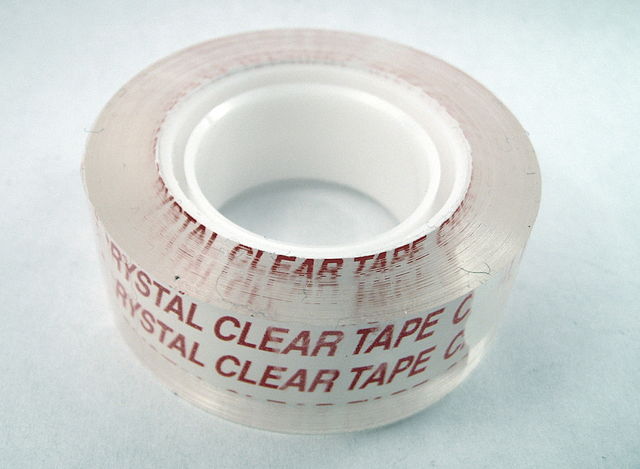Jonathan Dodd’s latest column. Guest opinion articles do not necessarily reflect the views of the publication. Ed
I remember when Computing used to be a Man’s job. It was all clean-cut, shaven-chinned, steely-gazed pipe-smoking muscular stuff. Words like Cobol and Console thrilled through the air, men in suits carried reams of music-lined paper in their arms and pored over binary dumps, converting the 0s and 1s effortlessly into hexadecimal in their heads.
Nowadays it’s all Java beans and applets and Agile, Names like IBM and ICL have given way to fruity words like Apple and Acer. Databases used to be strict and hierarchical, but now they’re relational, and you get to them through networks and thin clients and goodness knows what other loose-limbed nomenclature.
I’ve always been TAL-dyslexic
It does take me a little while to get on top of a lot of these things, although, to tell the truth, I was always a bit backwards with those acronyms. You could say I’ve always been TAL-dyslexic. I never got the hang of three-letter abbreviations. Or the ones with two letters. Or the ones with four. Although those, of course, are FLAs.

The first time I worked at IBM, that enormous building on the other side of the M27 north of Portsmouth, I was given on my first day a sheaf of four pages of A4 paper, with two columns of TLAs on each side. I reckon there were at least 500. I was instructed to memorise as many as I could, or I’d never keep up.
Like a machine-gun-wielding maniac
I remember the looks of wise agreement with the eyes swivelling madly in panic at meetings when someone stood up and spouted sentences full of these strings of letters, spraying everyone in the room like a machine-gun-wielding maniac. Because I was always a conscientious professional I would sometimes put my hand up and innocently ask what a particular TLA meant, so I could fully understand its meaning.

Not surprisingly, they never could quite remember what any of these actually stood for. The upside of this was that I was invited to a lot fewer meetings, the downside was that I didn’t last long there. Somehow they didn’t believe that I had a genuine desire to understand everything. They preferred to label me as a troublemaker, to be got rid of as soon as possible.
Describe everything clearly in plain English
To be honest, I couldn’t get away fast enough. I’ve rarely met a more chaotic and paranoid project, where none of the groups of people working on each of its parts had a clue what they were supposed to be doing, and none of them were prepared to admit that. Ever since then, I learned to avoid jargon as often as possible, and I always found it quite easy to describe everything clearly in plain English.

Some people like that, and some people prefer the dark obscurity of large documents that say nothing at all. I recently had the misfortune to read a NHS document that was 60 pages long, and I was able to copy and keep one page that contained the only actual information. Everything else was like the Gospels, in that it contained many passages copied verbatim from a host of other similar documents that I had also to read.
All the soul-destroying ghastliness
If I had been asked to write that document, I would have written it as a nice single page, with maybe a title, and I would have ditched the other 59 pages. I would have been strongly tempted to do the same to the other documents, maybe combining the useful stuff from all of them into a handy four-page doc that would contain all the necessary info without having to wade through all the soul-destroying ghastliness.
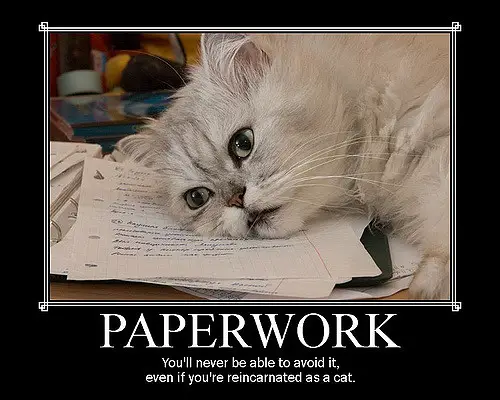
How many hospitals could we keep open every year if all the documentation was short and to-the-point? How many person-days would be saved in the writing and reviewing? How many person-years would be saved because development would be straightforward and not full of mistakes because nobody understood what they were supposed to be doing?
Smeared something noxious over it
There is a serious point to all this. You can always tell what’s info and what’s waffle, because the waffle gets increasingly turgid and unreadable. When there’s something useful, suddenly the style picks up and the language gets crisper. But it’s not always appreciated. I once had a manager who looked at the two-page document I had just handed him like I had smeared something noxious over it. ‘What’s this?’ he demanded.
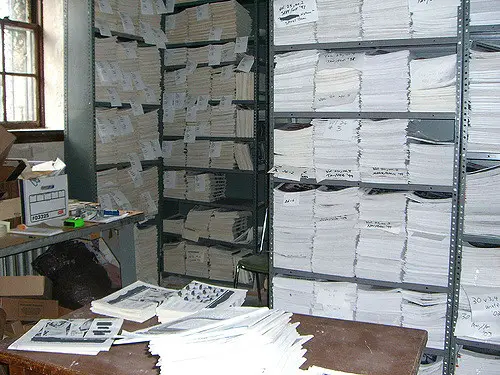
He told me he didn’t care whether that was all that was needed. He felt he would be ridiculed if he didn’t produce something that had to be lifted with two hands. I was told to go away and make it longer. By 3000%. That was even harder work than the first time. And it took two days. But he happily staggered off to his meeting, and the weight of the paper no doubt made his hernia worse.
About 10 centimetres of A4 paper
Similarly, I once worked for a car insurance company that was taking over another. The Test Manager wasn’t the most self-confident person in the world, and every week he had to report his progress to the board. So every Thursday afternoon was spent printing on paper all the results of all the tests we had conducted during the whole week. And there were about a hundred of us.

He used to take about 10 centimetres of A4 paper to the meeting every week and drop it on the table. ‘We’ve done this much testing!’ he would say. Apparently the board members were impressed, and never asked him any more questions in case he started talking at length, and they wanted to get away home before the traffic built up.
Nobody asked him the obvious question
I respected his tactics up to a point. But I didn’t understand why he had to get a whole new pile printed every week. He could have got away with recycling the same old rubbish for months. The real tragedy here, apart from the waste, was that nobody asked him the obvious question. ‘How much of the testing was successful?’
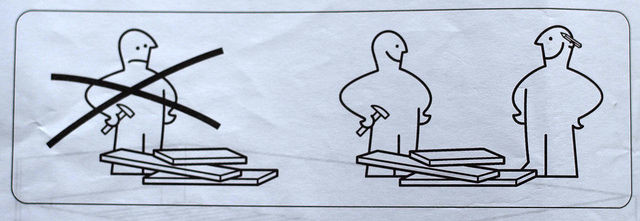
There’s an almost universal disdain for documentation nowadays. People throw away manuals and wonder why they can’t put IKEA furniture together. They never realise all the things their televisions or PCs or washing machines can do because they learn one thing and carry on doing that one thing for ever. At work they fall asleep at their desks and pretend to read documents.
The best language in the world
Even in Parliament, apparently, most laws are really badly-written and ambiguous. Many people are employed by ministers to take very large and complex documents and present them with a single-page set of bullet points, so they don’t actually have to read them.
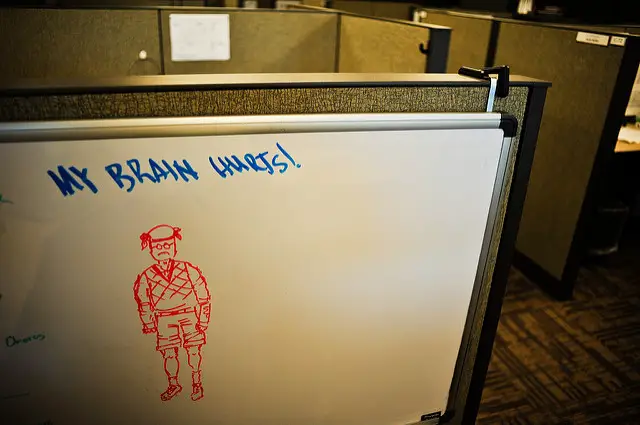
I can understand why. It’s not because documentation is bad, but because we’ve all forgotten what it’s for. Anything, with a little effort, can be said clearly and understandably in English. We have the best language in the world. We need to congratulate people on the shortness and clarity of their documents rather than their weight and number of pages.
It becomes a pleasure to read
Short speeches with real content are far better than long speeches full of waffle. Textbooks written to be read are much better than tortured language filled with dry facts. We need to encourage proper and clear writing, because that’ll make documents interesting again, and because a well-written document is a sign of a mind that actually understands the content. And it becomes a pleasure to read, and it makes it easy to learn.
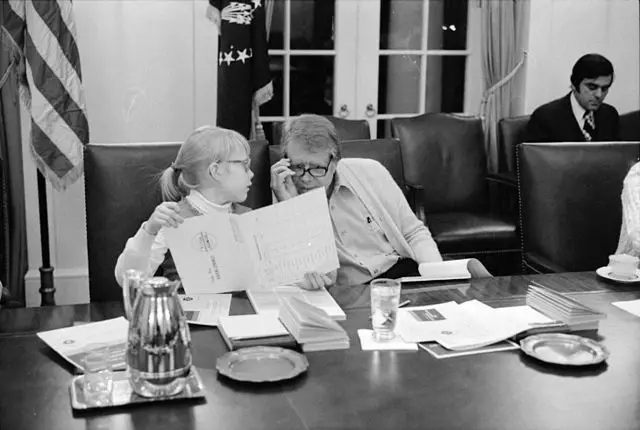
And it’s short. Unlike this rambling waffle.
If you have been, thank you for reading this.
Image: Tomasz Sienicki under CC BY 2.0
Image: seeminglee under CC BY 2.0
Image: epublicist under CC BY 2.0
Image: OpenClipartVectors under CC BY 2.0
Image: anomalous4 under CC BY 2.0
Image: magnusdigity under CC BY 2.0
Image: Kremlin under CC BY 2.0
Image: dullhunk under CC BY 2.0
Image: nateone under CC BY 2.0
Image: U.S. National Archives and Records Administration under CC BY 2.0

